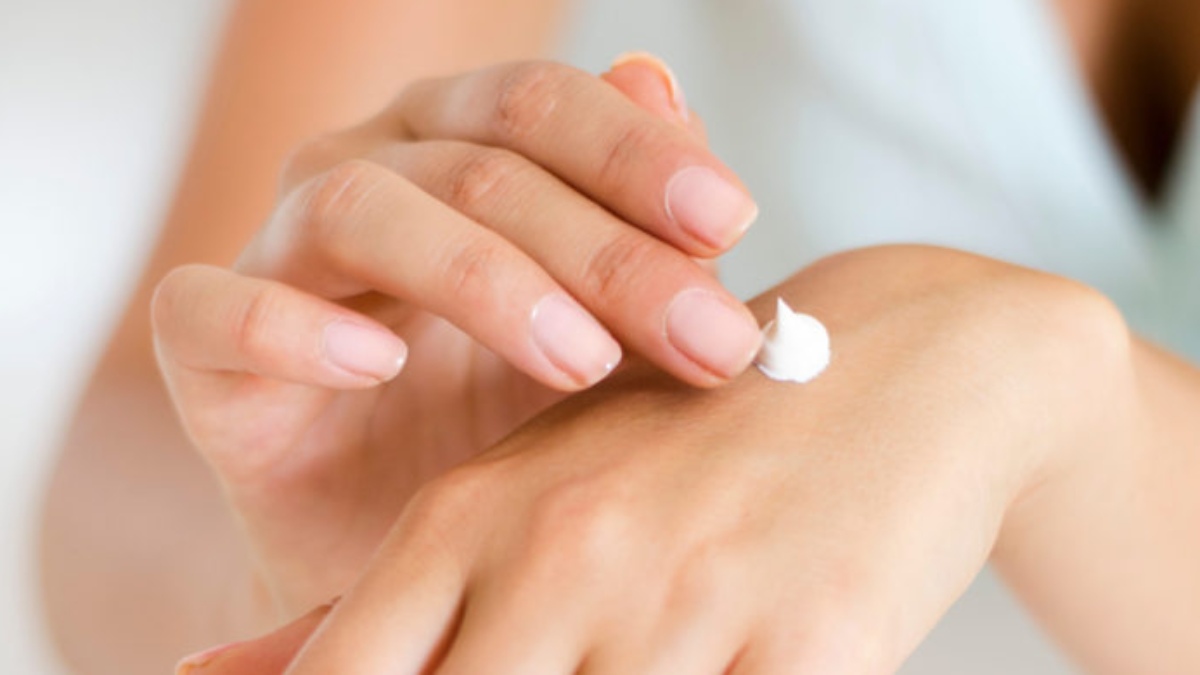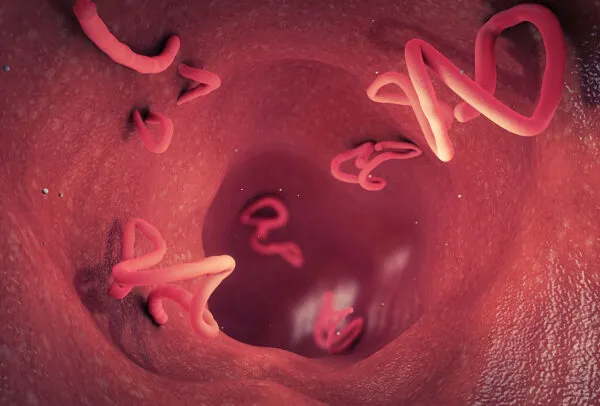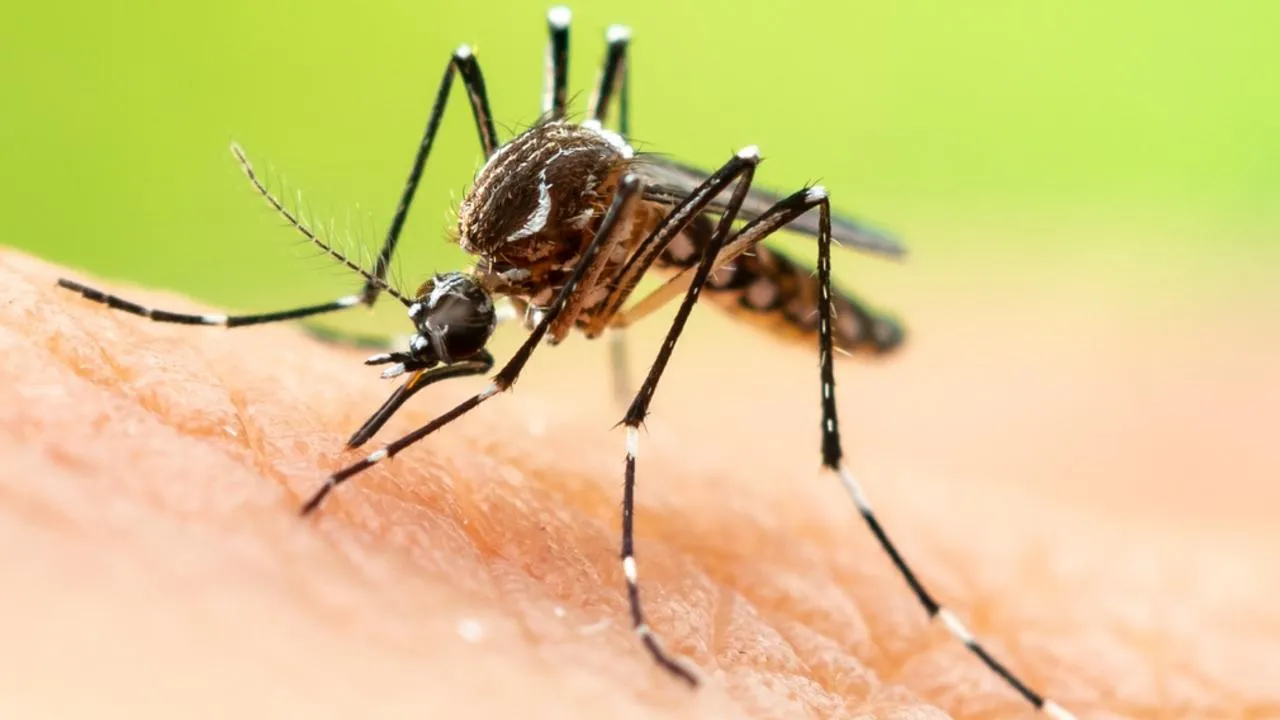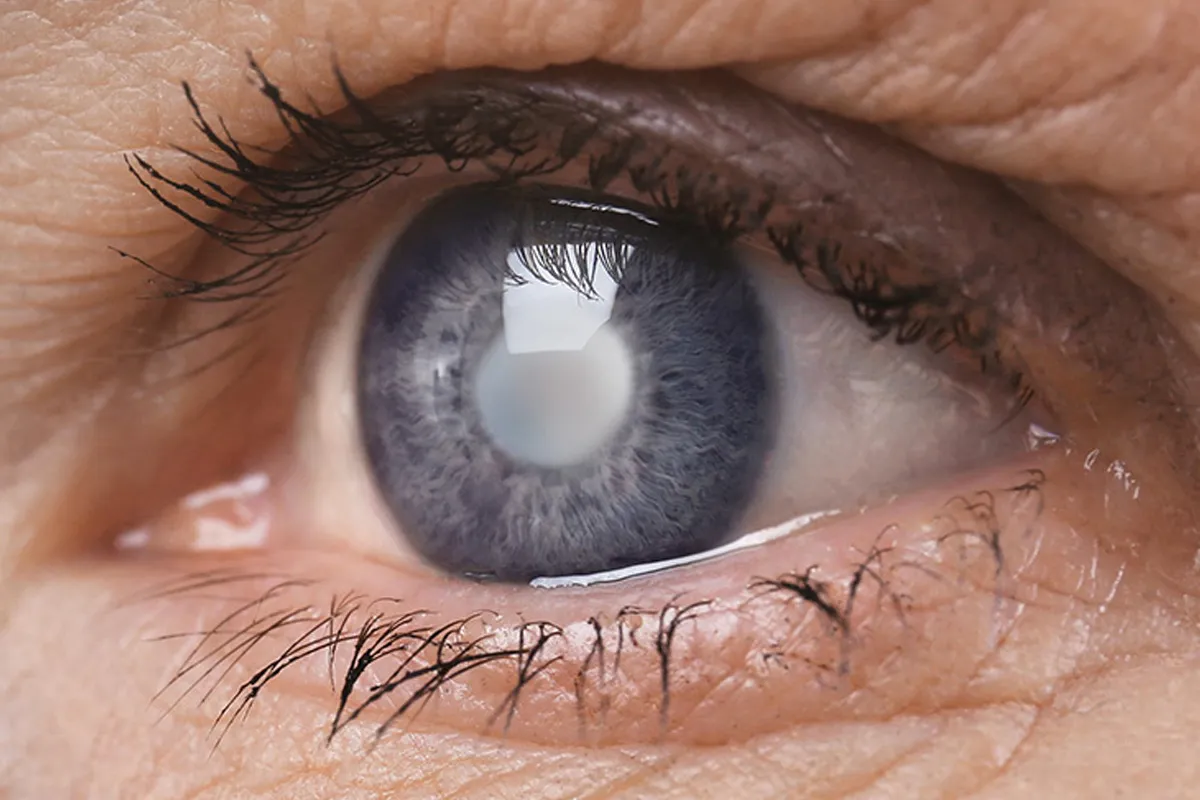As another World Allergy Day goes by and we assess the allergy scenario around us, we find ourselves surrounded by a plethora of allergens that have increased manifold and the number is ever rising year on year with man-made allergens now dominating the list of potentially harmful agents. There are now about 9 million agents in our immediate environment that can act as allergens (agents causing allergy) to the skin.
WHY AND HOW DOES CUTANEOUS ALLERGY DEVELOP?
Skin allergies occur when these allergens bind to carrier proteins in our skin and present them to the immune system of the skin and the body. The Skin is our largest defender against invaders. It is constantly bombarded by various agents, including harmful organisms, and usually fends off trouble quite successfully. Sometimes, however, an allergen gets the best of our skin, causing a reaction. This is because of the hyperactive behaviour of the skin immune system and its failure to differentiate a friend from a foe due to the unique ability of allergens to bind to our skin carrier proteins. Normally, the immune system acts as the body’s defence against invading agents such as bacteria and viruses. But in the case of an allergic reaction, the immune system is responding to a false alarm, thus tending to release cytokines (a set of chemicals secreted by skin cells to destroy harmful organisms) in excessive quantities. Since there is no organism involved, these very cytokines that are released to destroy the organism tend to damage its own skin cells, thus causing a reaction.
WHO ARE PRONE TO SKIN ALLERGIES?
Though we are all a few, selective ones are more prone to developing skin allergies and might suffer from their chronicity. Not only in adults, but skin allergies are one of the fastest growing chronic diseases in children too, and it is a consequence of the changing environment superimposed on a range of genetic susceptibilities. Children who have one parent with allergies (skin or respiratory) are 25% more likely to have it than kids whose parents don’t have allergies; those with both a mother and a father who suffer from allergies are up to 70% more likely to have it.
TYPES
There are various types of skin allergies: contact dermatitis, airborne dermatitis, and occupational dermatitis, Chrome dermatitis, and Industrial dermatitis, Nickel dermatitis, Parthenium dermatitis, Photo-allergic contact dermatitis, Urticaria, etc.
SYMPTOMS
Symptoms can include a rash or hives, swelling, itching, and cracking of the skin. Our hands, arms, neck, and face come in contact with so many substances every day that they are the most common sites for an allergic skin reaction, but no part of our anatomy is immune.
THE ANNOYING ITCH
Itching is the most common symptom for all people suffering from skin allergies. An itch sensation happens when the skin is irritated. The ordinary reaction to an itch is to scratch. What follows after can be a mess. The more you scratch, the more you damage your skin and the nerves just below the surface of your skin. The skin and nerves become increasingly inflamed, which only results in more itching, thus creating a vicious itch-scratch-itch cycle that finally can lead to a more severe and chronic condition known as Lichen Simplex Chronicus.
SILENT ALLERGIES
Sometimes the allergies do not manifest with these usual visible signs and symptoms on the skin, and these can be more dangerous. In such cases, a person might occasionally feel his/her skin suddenly turning warm, slight flushing, a slight prickly sensation around the nose, heaviness around the eyes, and early fatigability. Mentally, a person suffering from silent allergies can get agitated at the smallest of things.
CONTACT DERMATITIS
Contact dermatitis is a common allergic skin disorder and accounts for a significant proportion of visits to the dermatologist. It may take only minute quantities of an allergen touching the skin to provoke such a reaction. In addition to a thorough evaluation, patch testing is frequently needed to determine the culprit allergen. Generally, there is itching and redness in the area, and, in the acute phase, oozing and vesiculation, pain, and swelling may also accompany acute eruptions. In the sub-acute stage, there is crusting and scaling with drying up of the oozing fluid. In chronic contact dermatitis, the skin becomes thickened and hardened with pigmentation.
ALLERGY TESTS
Once suspecting allergy, people tend to undergo various allergy tests haphazardly, spending thousands and lakhs on them, which in many cases are not required, and in others, only specific skin allergy tests such as skin patch tests or blood allergy tests such as ELISA need to be done, but only if and when recommended by the specialist.
The allergy tests are suggestive to a certain extent only, and since the cross-reactivity between the common allergens is so great that if the tests detect 1 or 2, there is a likelihood that they might miss some more allergens to which a patient might be sensitive. So the treatment approach is to not only avoid the suspected allergens but to stabilise the hyperactive skin cells.
EXTRA CARE IN THE RAINY SEASON
The high humidity in the air and the wet environment make it more favourable for the allergens to penetrate the skin folds. The chances of those already having skin allergies becoming superinfected are extremely high during the rainy season.
The author is ex-PGI, Chief Consultant Dermatologist & Dermato-Laser Surgeon, National Skin Hospital, Mansa Devi Complex.























